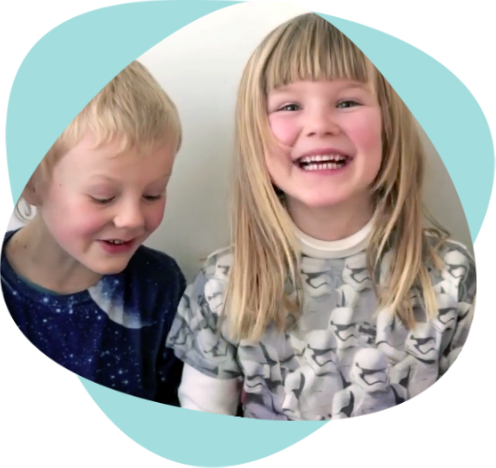Examples of creative activities inspired by the film Lambs
Decorate different animals to give them different personalities.
Talk about the choices they make. You can use print-outs from the internet (3-4 years) or draw an animal from scratch (5-6 years). Do this in the same location as the screening.
Suggested group size 5-20 children, 1-3 facilitators.
Visit a farm or a nearby park with a group of children and talk about how the animals look different.
a. Use a camera to make a video or take pictures and maybe record some animal sounds
b. Afterwards you can edit the material and play with combining animals with “wrong” sounds. This will help them to understand the very basic principles of film editing and sound effects.
Suggested group size 10-15 children, 2-3 facilitators.
Let the children find pictures of their favorite animals on the internet. Make a print and cut out the animals.
a. Make a collage with the animals – maybe add some colour / materials. Then let the children tell about their favorites. (3-6 years)
b. Record a stop motion film where the animals meet (see more about stop motion later in this step). Let the children add a sound to their own animal when they enter the stage (5-6 years).
Suggested group size 3-6 children, 1-2 facilitators.
